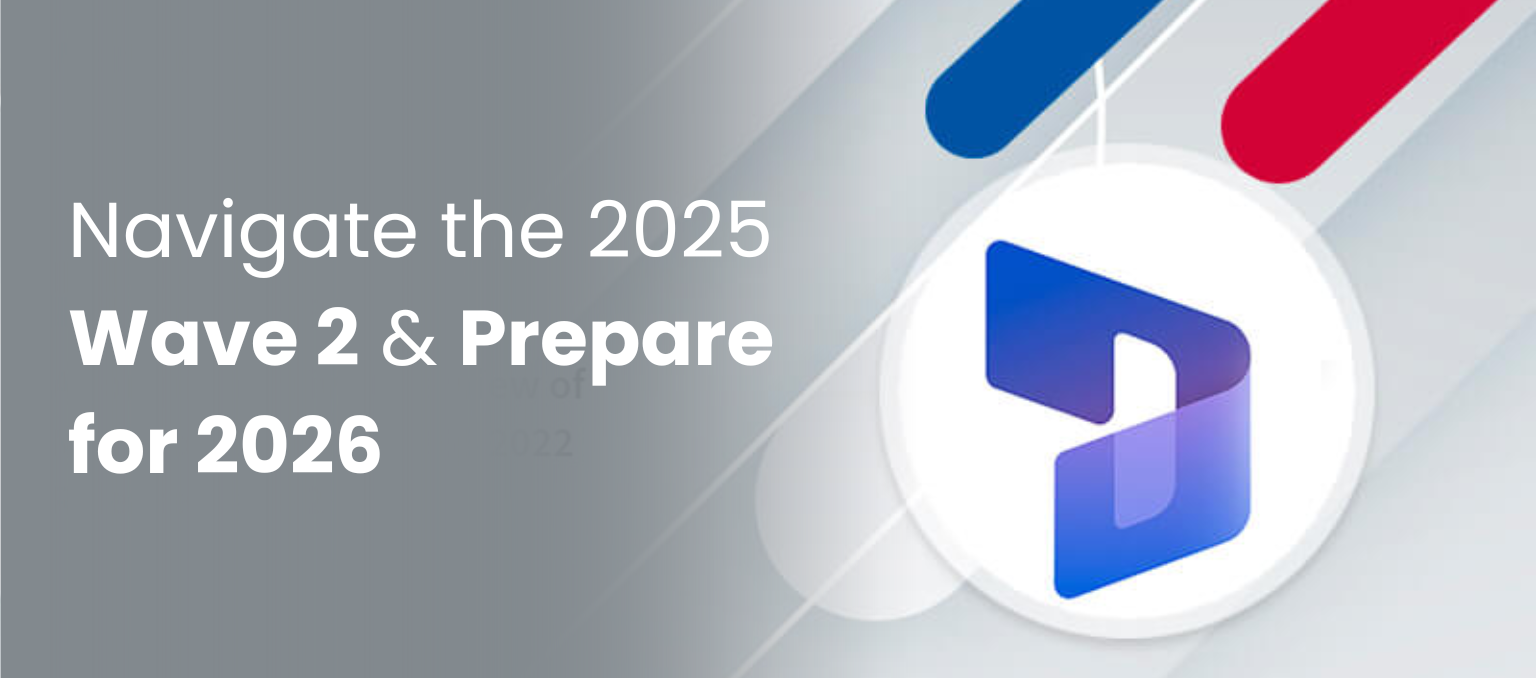As we approach 2026, the pace of innovation in Dynamics 365 isn’t slowing down—it’s accelerating. The 2025 Release Wave 2 is now live, bringing a host of AI-driven capabilities, and planning for 2026 Release Wave 1 is already on the horizon.
For D365 Finance and Supply Chain users, this relentless upgrade cadence is a double-edged sword: how do you harness powerful new features without falling into a cycle of perpetual testing and business disruption? The answer lies in a strategic, automated QA framework that turns upgrade cycles from a source of anxiety into a competitive engine.
The Current State: 2025 Release Wave 2 is Here
The features announced in the 2025 Release Wave 2 are now generally available. This wave is heavily focused on embedded AI, intelligent automation, and enhanced user experiences. Key areas demanding validation include:
- Finance: Advanced AI insights for cash flow forecasting and automated anomaly detection in financial data.
- Supply Chain: Deeper capabilities in Intelligent Order Management (IOM) for dynamic fulfillment and more resilient supplier collaboration.
- Platform: New productivity tools and extensibility options that impact custom workflows.
- Manual testing for these interconnected, intelligent systems is no longer feasible. The complexity is too high, and the risk of missing a critical integration point is too great.
The Looming Challenge: 2026 Release Wave 1
In just a few months, Microsoft will publish the first plans for 2026 Release Wave 1. Based on their trajectory, we can expect even deeper integration of Copilot capabilities, more autonomous supply chain functions, and further sustainability tracking enhancements.
Organizations that wait for the 2026 general availability in October next year to start planning are already behind. The window for strategic preparation is now.
Why Automation is Non-Negotiable for the 2025-2026 Transition
Intelligent test automation is the only way to keep pace with Microsoft’s innovation cycle. It’s the key to unlocking three critical advantages:
- Speed and Coverage for Current Upgrades (2025 Wave 2)
Automate the regression testing for new Wave 2 features and their impact on your existing processes. Execute end-to-end tests for core workflows like “Procure-to-Pay” in hours, not weeks, ensuring a smooth adoption of new AI tools.
- Proactive Preparation for Future Releases (2026 Wave 1)
A robust automation framework is a reusable asset. The test suites you build for 2025 Wave 2 become the foundation for validating 2026 Wave 1. This shifts your organization from a reactive to a proactive stance, slashing future testing timelines and costs.
- Validation of Intelligent Systems
How do you test an AI recommendation? You can’t do it manually at scale. Automation allows you to validate AI-driven outputs, data integrity for Copilot features, and the performance of autonomous systems with precision and repeatability.
Your Action Plan for the 2025-2026 Upgrade Cycle
Don’t get caught in the upgrade treadmill. Follow this roadmap:
- Stabilize (Now – Q1 2026): Implement automation for your most critical business processes to secure your 2025 Wave 2 deployment.
- Expand (Q1 2026): Extend automation to cover integrations, data flows, and performance benchmarks.
- Anticipate (Q2 2026): As Microsoft publishes the 2026 Release Wave 1 plans, use your automated framework to build and test scenarios for new features before they go live.
Partner with a D365 QA Specialist
Generic automation tools lack the context of D365’s deep business logic and data models. A specialized QA partner brings:
- D365-Specific Expertise: Understanding of finance, supply chain, and the platform’s unique architecture.
- Pre-Built Accelerators: Jumpstart your automation with tailored test suites for high-impact modules.
- Future-Proof Strategy: Alignment with Microsoft’s release cadence to keep you perpetually upgrade-ready.
Ready to Master the Next Wave of Upgrades?
Stop letting upgrade cycles dictate your pace. With a strategic automation framework, you can deploy with confidence, reduce manual effort by over 70%, and immediately leverage new features to drive value.
Download our “D365 Upgrade Automation Priority Checklist” to identify the top processes to automate now to prepare for both 2025 Wave 2 and the coming 2026 releases.
[Get Your 2025-2026 Preparedness Checklist Here]
Your D365 Go-Live Readiness Checklist: The 10-Point QA Assurance Guide


